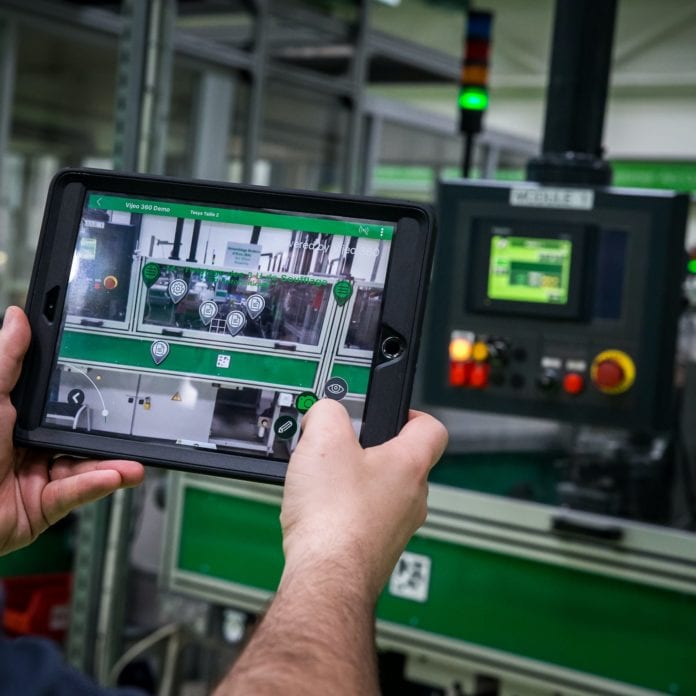The 5G trials explore two industrial use cases: augmented reality and a telepresence robot for remote visits
Orange has teamed up with energy management and automation company Schneider Electric on the deployment of 5G inside Le Vaudreuil, a French factory located in France’s industrial sector. The trial has been in operation since March and according to the companies, “aims to use 5G in a modern industrial environment to build reliable, scalable and sustainable connectivity solutions for future industrial needs.”
5G promises improved capabilities in a number of areas, but when it comes to the industrial sector in particular, the next generation of cellular technology is expected to help synchronize large amounts of data in real time, boosting performance and ensuring optimal production efficiencies.
Nokia acts as the infrastructure partner on the trials and has supplied radio AirScale and core equipment, and the experimental frequencies being trialed have been allocated by the French regulatory authority. The factory has been outfitted with five indoor 5G antennas that cover nearly 2,000 square meters of production space with download speeds greater than 1 Gbps, and an experimental network architecture has been set up to allow local data processing with edge computing technologies.
The trials are exploring two specific industrial use cases: augmented reality for maintenance and the implementation of a telepresence robot for remote visits.
Use case #1: Augmented reality for maintenance
5G-connected tablets are running EcoStruxure Augmented Operator Advisor (AOA), Schneider Electric’s augmented reality application that the company stated improves operational efficiency by enabling operators to superimpose real-time data and virtual objects onto a cabinet, machine or entire plant.
5G brings the benefit of low latency, maximum throughput and scalability to augmented reality.
“5G can support growing bandwidth needs and responsiveness,” the companies said in a release. “Operators using the AOA application via their 5G-connected tablet film a machine and access information about its status and future maintenance that are hosted in the cloud in real time. This helps reduce machine downtime and streamline maintenance operations, while minimizing human error.”
Use case #2: Telepresence robot
The second use case tested by the pair involves using a 5G-enabled telepresence robot to arrange remote visits to the Le Vaudreuil factory. The high-quality video functionality made possible by 5G will facilitate virtual interactions between site visitors and factory guides, helping to minimize travel time, cost and waste in the form of the visitors’ carbon footprint.
Stéphane Richard, chairman and CEO, Orange, called these two uses cases “powerful and competitive levers that will enable the full potential of Industry 4.0.”
“5G is a breakthrough technology for businesses that will bring numerous industrial applications, such as predictive maintenance, real-time video processing, augmented reality and telepresence,” he added.
“The health, economic and climatic challenges make digitization more important than ever for companies,” commented Jean-Pascal Tricoire, chairman and CEO of Schneider Electric. “The pilot conducted with Orange at Le Vaudreuil in a Schneider Electric industrial showcase validates many 5G use cases: augmented reality, remote everywhere, real-time access to data… 5G’s reliability, scalability and durability make it a connectivity solution well adapted to industry 4.0, for greater resilience, competitiveness and sustainability.”
Last year, Ericsson, Telia and Volvo conducted similar industrial trials at Volvo CE’s research facility in Sweden. The trials explored remote control of construction machinery and fully automated solutions, as well as ways to increase industry efficiency and sustainability through 5G testing.

